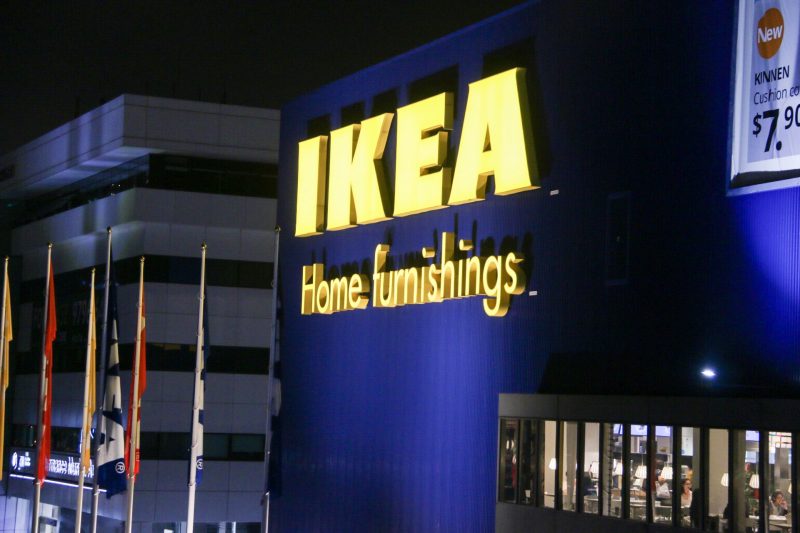A tan may not be the only thing you are getting when you bask in the sun.
In Singapore, skin cancer is among the top 10 cancers for men and women, with the most common subtypes being basal cell carcinoma, squamous cell carcinoma and melanoma – and the sun’s ultraviolet (UV) rays you soak up play a key role in their development.
Between 2013 and last year, there was a 60 per cent increase in new patients being diagnosed under the age of 50. While it is most prevalent in the elderly, more are being diagnosed at a younger age.
With May being Skin Cancer Awareness Month, Dr Shang Yeap, a specialist in medical oncology at Icon SOC looks at the most common misconceptions Singaporeans have about skin cancer.
(Also read: 7 Shocking Sun Care Mistakes That Could Be Damaging Your Skin)
Myth #1: If I wear sunscreen, especially one with high SPF, I am not at risk for skin cancer
Fact: You need to use a broad spectrum sunscreen that protects against both harmful UVA and UVB, with at least SPF30. In addition, you need to wear sun protection clothing as well as use hats and umbrellas.
UVA, which penetrates the skin more deeply than UVB, has long been known to play a major part in skin ageing and wrinkling (photoageing). UVB is the chief cause of skin reddening and sunburn. It plays a key role in the development of skin cancer and a contributory role in tanning and photoageing.
Myth #2: Skin cancer affects only those with lighter or pale skin
Fact: While fair-skinned individuals are at higher risk of developing skin cancer as they have less melanin to protect themselves from UV rays, skin cancer can affect anyone, including people with darker skin.
In fact, people with darker skin are more likely to die from skin cancer due to delay in detection or presentation.
(Also read: Important Cancer Facts You Should Know, According To An Oncologist)
Myth #3: Tanning booths and salons are safe forms of tanning
Fact: Tanning booths primarily emit UVA.
The high-pressure sunlamps used in tanning salons emit doses of UVA as much as 12 times that of the sun. People who use tanning salons are 21/2 times more likely to develop squamous cell carcinoma, and 11/2 times more likely to develop basal cell carcinoma.

What is the most effective way to protect yourself from skin cancer?
Sunscreen should be used every day. It works best when applied 15 minutes before going outdoors and should be reapplied every two hours, or more frequently if you are engaged in water sports or sweating a lot. And you still need sun protection even on cloudy days or during winter travel.
(Also read: 9 Best Sunscreen Sprays Perfect For Reapplication On The Go)
What are the symptoms to look out for?
Any skin growth that increases in size and appears pearly, translucent, tan, brown, black or multi-coloured. Also look out for a mole, birthmark, beauty mark or any brown spot that changes colour, increases in size or thickness, changes in texture, is irregular in outline, is bigger than 6mm or appears after the age of 21.
Spots or sores that continue to itch, hurt, crust, scab, erode or bleed, and open sores that do not heal within three weeks, are also warning signs.
What are the treatment options available?
Early stage low-risk skin cancer is one of the most curable cancers. Treatment options include surgical excision, curettage and electrodesiccation, cryotherapy, photodynamic therapy and radiation therapy.
Later stage skin cancers may involve more extensive surgery and may also require radiation or chemotherapy.
(Also read: 12 Pretty Sun Hats to Protect You From UV Rays)
A version of this article first appeared on www.tnp.sg.




